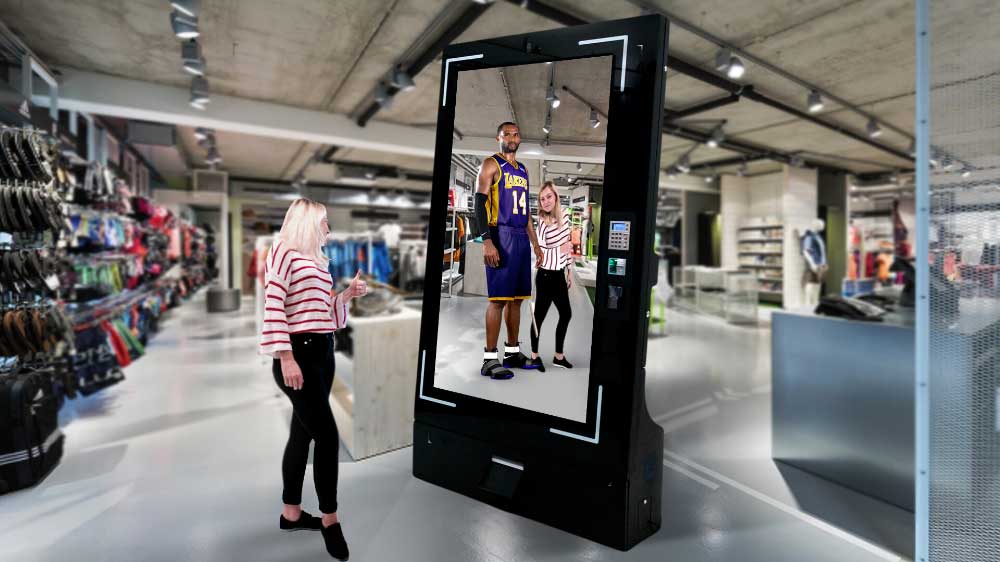Augmented Reality (AR) installations in public spaces are transforming the way people interact with their surroundings by embedding digital enhancements into the real world. These installations use AR technology to overlay visual, auditory, or interactive elements onto physical spaces, viewable through smartphones, tablets, or specialized AR glasses. This blend of digital and physical realms enriches public spaces with educational, entertaining, and immersive experiences, engaging users in unprecedented ways.
Applications of AR Installations in Public Spaces
AR installations find diverse applications in public spaces, each tailored to enhance the user experience, engage the community, or convey information creatively:
Urban Art and Murals: Artists are using AR to add a digital layer to their street art, allowing viewers to see animations or learn more about the artwork’s story through their devices. This not only enriches the aesthetic appeal of public art but also creates interactive experiences that engage the community.
Historical Sites and Monuments: AR installations at historical sites can bring history to life by superimposing historical images, reenactments, or narratives onto present-day scenes, providing a window into the past and offering educational insights in an engaging manner.
Parks and Recreational Areas: In parks, AR can be used for educational trails, where users can point their devices at different flora and fauna to learn more about them, or to navigate through the park with interactive maps and information about points of interest.
Interactive Advertisements: Advertisers are leveraging AR in public spaces to create immersive and interactive campaigns. Passersby can interact with digital elements superimposed on billboards or posters, making the advertising experience more engaging and memorable.
Public Safety and Information: AR installations can provide vital public safety information, such as emergency exit routes, hazard warnings, or interactive guides on how to perform CPR, accessible instantly via smartphones.
Tourism: Tourist spots are employing AR to enhance visitor experiences by offering interactive guides, augmented reality tours, and gamified explorations that provide insightful information and fun facts about the location, making tourism more engaging and informative.
Advantages of AR Installations in Public Spaces
Engagement: AR installations captivate users by providing unique, interactive experiences that blend digital content with the real world, making public spaces more engaging and lively.
Accessibility: With most AR installations accessible through common devices like smartphones, a wider audience can enjoy these experiences without the need for specialized equipment.
Educational Value: By overlaying educational content onto physical locations, AR installations offer a dynamic way to learn about history, culture, nature, and more.
Community Involvement: These installations can foster community involvement and cultural appreciation, encouraging people to explore and interact with their environment in new ways.
Innovation in Advertising: AR offers innovative opportunities for advertisers to connect with the public, creating memorable experiences that go beyond traditional advertising methods.
Challenges and Considerations
Implementing AR installations in public spaces comes with its set of challenges, including the need for robust technological infrastructure, concerns about privacy and data security, and ensuring inclusivity so that experiences are accessible to all segments of the population. Additionally, the success of these installations depends on the quality of the content and the ease of use of the technology.
Conclusion
Augmented Reality installations in public spaces represent a cutting-edge intersection of technology, art, and community engagement. By transforming ordinary locations into interactive and immersive experiences, AR has the potential to enrich public spaces, enhance learning, and create new forms of community interaction. As technology continues to evolve, the scope for AR installations in public spaces is boundless, promising ever more innovative and engaging ways to experience our world.
